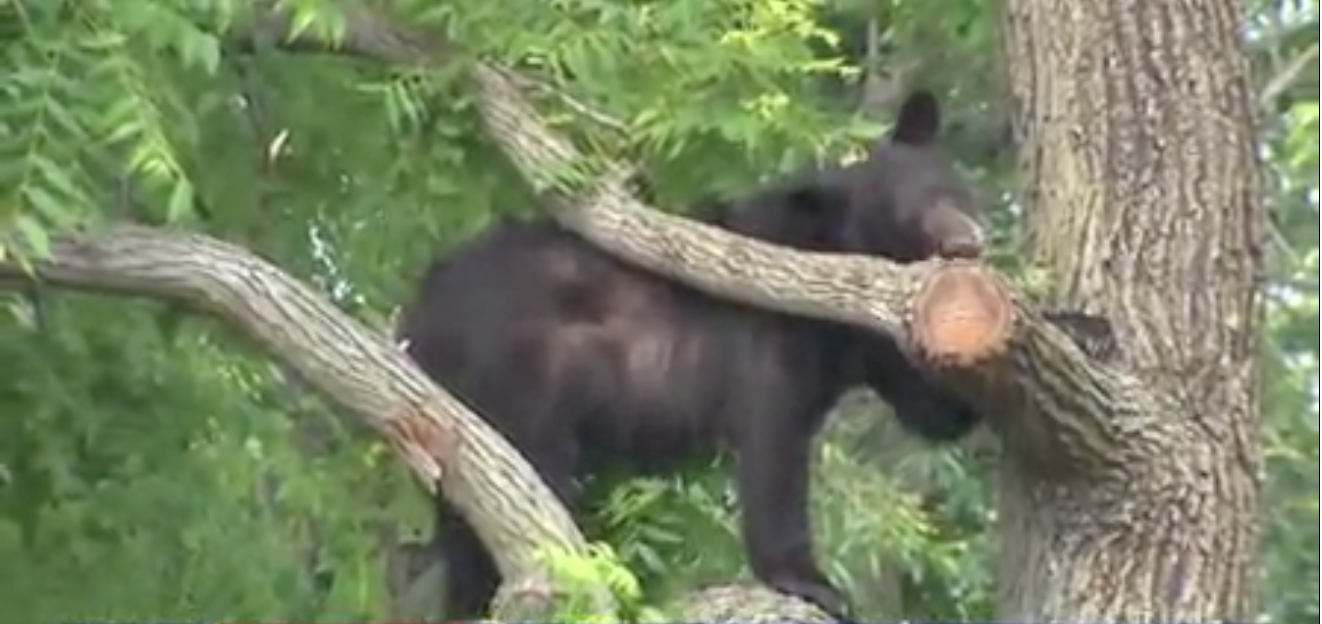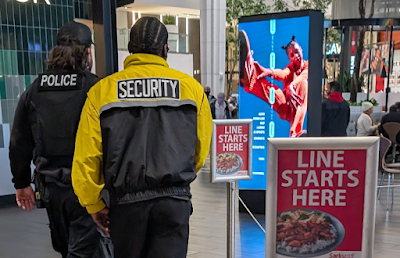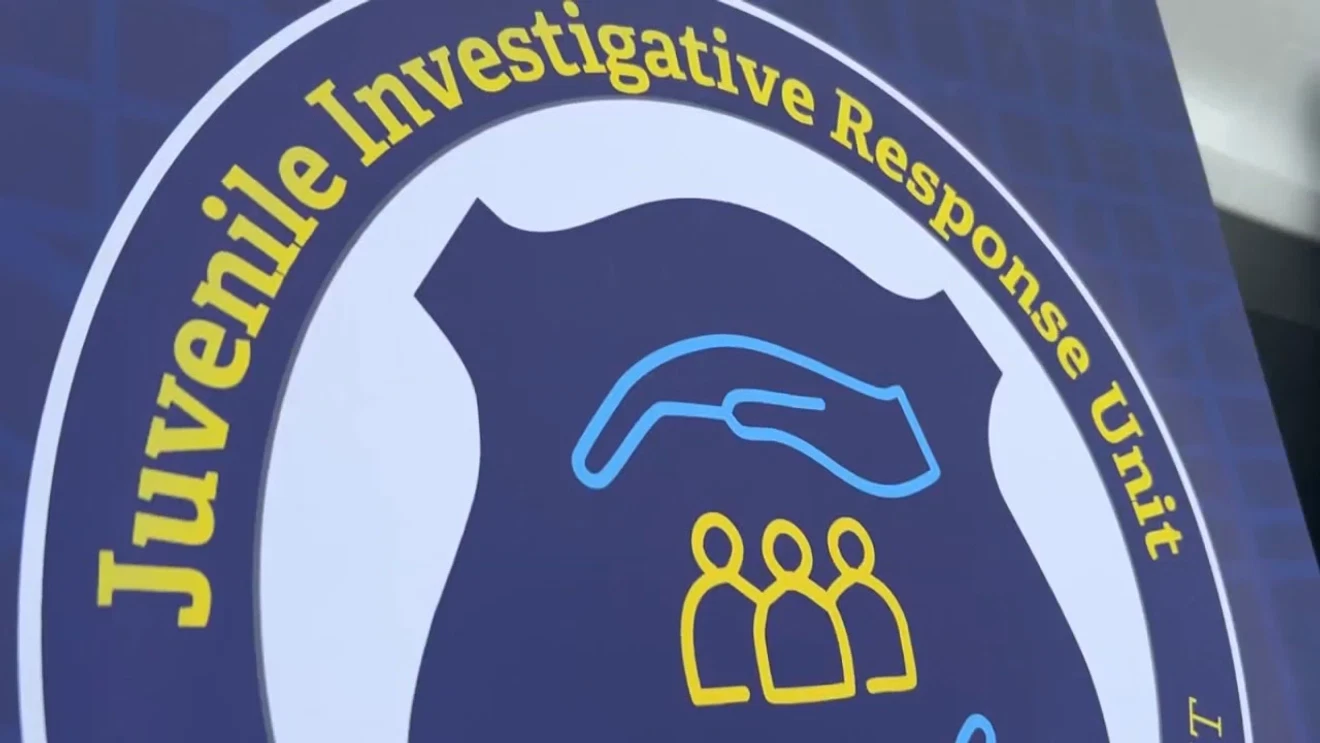As summer approaches, local officials across the D.C., Maryland, and Virginia (DMV) region are urging residents to be “Bear Aware” amid a noticeable rise in bear sightings. With breeding season on the horizon and bear activity increasing, experts are calling on communities to stay vigilant and informed.
Bear Sightings on the Rise
Over the past few years, bear sightings in both suburban and urban settings have become more common throughout the DMV. Reports have come from areas as varied as Northeast D.C., Arlington, Rockville, Montclair, Frederick, and Hyattsville. This uptick in bear encounters, particularly in places not typically known for bear activity, has prompted wildlife officials to increase public awareness and expand monitoring efforts.
In Fairfax County, Virginia, local officials recently sent out an alert to residents, reminding them of the importance of taking precautions during the peak months for bear activity. As June approaches and outdoor activity increases for both humans and wildlife, it’s crucial to understand the behavior and patterns of the region’s bear population.
Understanding the Bear Population: A New Research Effort
To better understand why bear sightings are becoming more frequent, the Maryland Department of Natural Resources (DNR) has launched a new research initiative in collaboration with the University of Maryland. The multi-year project aims to track bear movements and examine how they interact with their environments.
Justin Trudeau, a representative from the Maryland DNR, explained that researchers will use GPS collars and collect bear hair samples to gather data on bear behavior. The information will help identify habitat preferences, migration patterns, and the resources bears are utilizing as they move through the state.
“Where we’re aiming with that is to gain a better understanding of how bears move in the state—how much area they require, what type of resources they’re utilizing,” Trudeau said. “And those bears that do move long distances, is there any kind of consistency or trend for where they’re starting, that type of habitat, and where they’re ending up?”
The study, which is expected to last four years, will also examine if specific types of land development, human activity, or environmental shifts are influencing bear movements into more populated regions.
Why Are Bears on the Move?
According to wildlife officials, the current uptick in sightings coincides with the onset of bear breeding season. This time of year also sees the dispersal of yearlings—young bears that leave their mothers to establish their own territory. These dispersing juveniles often travel long distances in search of food, shelter, and new habitats.
Trudeau noted that dispersing yearlings are more likely to appear in unexpected places, such as backyards, parks, or residential neighborhoods. This is particularly true in areas bordering wooded environments or state parks, where bears have natural habitat corridors that lead into human-populated zones.
“The breeding season is starting to kick in,” Trudeau told Fox 5. “Those yearlings are dispersing and potentially dispersing long distances.”
What Residents Can Do to Stay Bear Aware
As bear sightings become more frequent in areas across the DMV, officials urge residents to take a few key steps to minimize interactions with bears and help keep both wildlife and communities safe:
-
Secure Trash and Food Sources: Store garbage in bear-resistant containers and bring bird feeders, pet food, and grills inside when not in use.
-
Keep a Safe Distance: If you see a bear, do not approach it. Make noise to alert the bear of your presence, and slowly back away.
-
Report Sightings: Contact local wildlife authorities or non-emergency police numbers to report bear sightings, especially if the bear is acting aggressively or seems comfortable around humans.
-
Limit Attractants: Bears have a strong sense of smell. Even small food scraps or scented items like cosmetics and cleaning supplies can lure them.
-
Educate Neighbors and Family: Encourage others in your community to be aware of bear safety practices.
A Shared Environment
While bear encounters can be alarming, wildlife experts emphasize that these animals generally avoid humans and pose little threat when left undisturbed. The increase in sightings is not necessarily a sign of aggressive behavior but rather a reflection of growing bear populations and expanding habitats due to both conservation efforts and changes in land use.
As the DMV continues to balance development and conservation, coexistence with native wildlife—including black bears—is an ongoing challenge that requires community cooperation and informed action.
Final Thoughts
With summer just around the corner, wildlife officials hope that awareness and education will reduce the risk of bear-human conflicts during the active bear season. By understanding bear behavior and taking basic precautions, residents can enjoy the outdoors while helping to ensure the safety of both people and bears across the region.
For more information on bear safety and how to report sightings, visit your state’s Department of Natural Resources or wildlife agency website.
















Leave a Reply